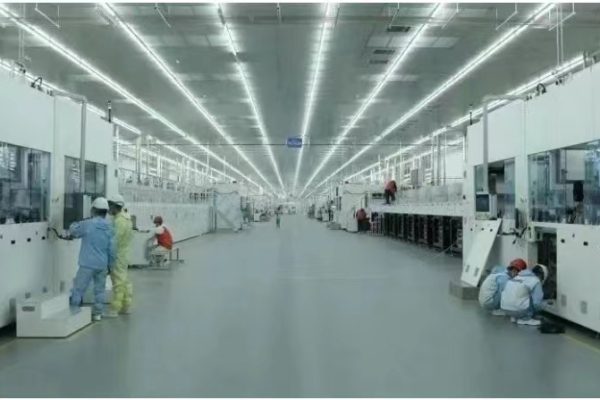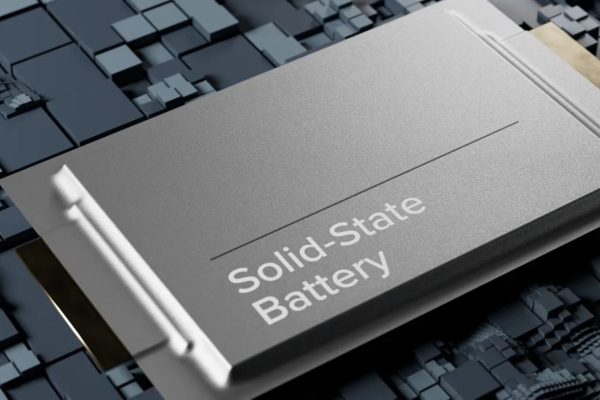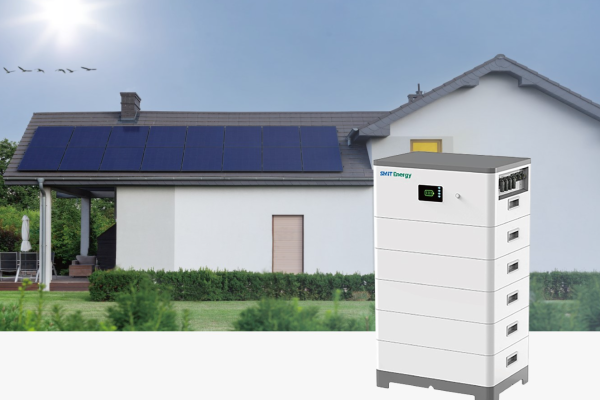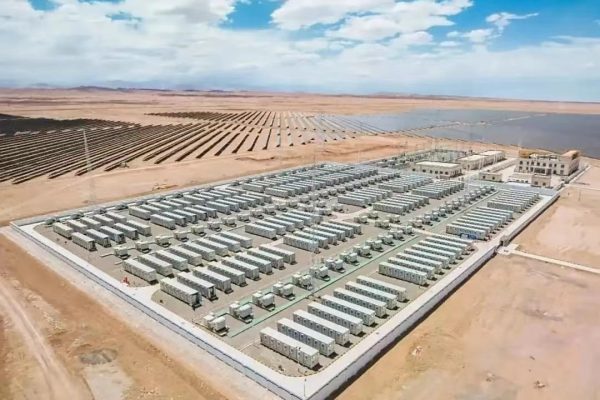A Practical Guide for Small Commercial and Residential Projects
When designing a small-scale energy storage or hybrid PV system, choosing a parallel inverter setup can bring major benefits — from redundancy and backup reliability to power capacity expansion.
But it’s not just about stacking two or three inverters side by side. For a stable and safe parallel system, you need to plan carefully around inverter compatibility, communication synchronization, load distribution, and wiring design.
This guide walks you through:
- When parallel inverter setups make sense
- Technical considerations in 2–6 unit systems
- Key configuration steps (AC vs. DC coupling)
- Common pitfalls to avoid
- Sourcing and project tips for traders and installers
Why Choose a Parallel Inverter Setup?
There are three main reasons to run multiple inverters in parallel:
1. Scalability
Instead of buying a large single-phase 10kW unit, you might install two 5kW inverters in parallel. This offers:
- Easier step-by-step investment
- Flexible upgrades as loads grow
- More product options (especially if 5kW models are more available)
2. Redundancy
If one inverter fails, the others can continue supplying power. This is essential for:
- Resilience-focused systems
- Remote or off-grid applications
- Critical loads in commercial/residential setups
3. Phase Balancing / 3-Phase Setup
In parallel, you can assign one inverter per phase (L1, L2, L3), or allow them to share loads across all phases in a balanced AC-coupled system.
Parallel Inverter Topologies
There are two main types of parallel inverter setups:
| Type | Description | Example Use Case |
|---|---|---|
| Single-phase Parallel | Multiple inverters on the same phase and load | Expanding a 5kW to 10kW residential system |
| Three-phase Parallel | Inverters assigned to individual phases, sharing a battery or array | Small factory or guesthouse with 3-phase loads |
You can also mix AC and DC coupling, but that requires more advanced planning (see below).
What to Check Before Setting Up a Parallel System
Before you start connecting inverters in parallel, make sure your components meet the following conditions:
✅ Inverter Must Support Parallel Operation
Not all inverters can operate in parallel. Check:
- Maximum number of units allowed (some support up to 6–9)
- Whether they support shared battery and/or grid sync
- Manufacturer’s guidelines for master-slave logic and communication
✅ Compatible Firmware and Model Versions
Mixing different firmware or sub-models (even within the same brand) can lead to:
- Communication errors
- Load misbalancing
- Inability to sync phase or grid reference
Always confirm that the units are:
- The same model (e.g., 5kW hybrid, not mixing with grid-tied models)
- Running same firmware version
- Configured to work in master-slave or multi-master mode
✅ Centralized or Parallel Battery Support
There are two wiring styles:
| Battery Setup | Description | Notes |
|---|---|---|
| Central Battery | One shared battery bank connected to all inverters | Requires current balancing, matched cable lengths |
| Parallel Batteries | Each inverter has its own battery bank | Easier to isolate faults, but needs SOC synchronization logic |
For 48V systems, it’s common to share a central battery. For high-voltage setups (e.g., 100–500V), battery sharing becomes more complex.
Wiring and Communication Guidelines
Parallel setups require both power wiring and data synchronization:
1. AC Output Sync
- Connect inverters to a common output busbar
- Use proper phase assignment if 3-phase
- Always match phase sequence and neutral
2. Battery Input
- Keep DC cable lengths equal for current sharing
- Use appropriately sized fuses/breakers per unit
- Add isolation switches for maintenance safety
3. Communication Lines
- Use RS485 or CAN communication cables to sync inverters
- Correct terminators at both ends (120Ω where required)
- Some brands require a dedicated parallel communication port or hub
4. Grounding and Surge Protection
- Use a common earth bar
- Install SPD (Surge Protection Device) on both AC and DC sides
Master-Slave or Multi-Master?
Different inverter brands use different logic for load and battery control:
| Mode | Description | Example |
|---|---|---|
| Master-Slave | One unit acts as master, others follow | Sungrow, Growatt hybrid modes |
| Multi-Master | All units share control duties equally | Victron, Deye with BMS control |
Key points:
- Only one master should communicate with the battery BMS
- Slave units follow setpoints like charge/discharge current or AC export limits
- Some setups require external EMS or BMS master to coordinate
Example Configurations
🏡 Residential: 10kW Split Across 2 Units
- 2 × 5kW hybrid inverters
- Single-phase parallel
- Shared 10kWh LFP battery
- AC-coupled to a home load panel
- Benefit: Easy upgrade from 5kW → 10kW
🏭 Small Factory: 3 × 5kW Inverters (3-Phase)
- Each inverter on separate phase (L1, L2, L3)
- Shared 15kWh battery with CAN communication
- Grid-tied, export-limited system
- Supports 3-phase machinery + lighting
What Can Go Wrong?
Even experienced installers can run into issues with parallel systems. Watch out for:
- ❌ Unbalanced loads across phases → voltage instability
- ❌ Incorrect communication wiring → inverters fail to sync
- ❌ Firmware mismatch → system lockups or alarms
- ❌ Ground loop interference → erratic readings
- ❌ Wrong battery BMS protocol → only one inverter sees correct SOC
Tip: Always bench test two units in parallel before field deployment if the brand is new to your team.
Should You Offer Parallel Kits as a Trader?
Absolutely — parallel systems are ideal for:
- Installers who want flexibility: offering 5kW units allows phased upgrades
- Projects with evolving loads: guesthouses, telecom sites, farms
- Clients focused on reliability: running redundant inverters helps ensure uptime
When quoting, offer:
- A 2- or 3-inverter bundle
- Battery sizing options (e.g., 10kWh, 15kWh, 20kWh)
- Pre-configured cable kits and monitoring tools
- Commissioning support (especially for CAN mapping)
Summary: Scaling Up Without the Headache
Parallel inverter setups are a smart way to build scalable, reliable energy systems — but they require proper planning. Here’s your quick checklist:
✅ Use identical models with matched firmware
✅ Confirm communication protocol and sync method
✅ Decide on centralized or individual batteries
✅ Keep DC cables balanced and AC phases aligned
✅ Test the setup before full deployment
With correct planning, even small-scale storage systems can be built with professional-grade performance and resilience — the kind your clients will notice during every power outage or load expansion.









